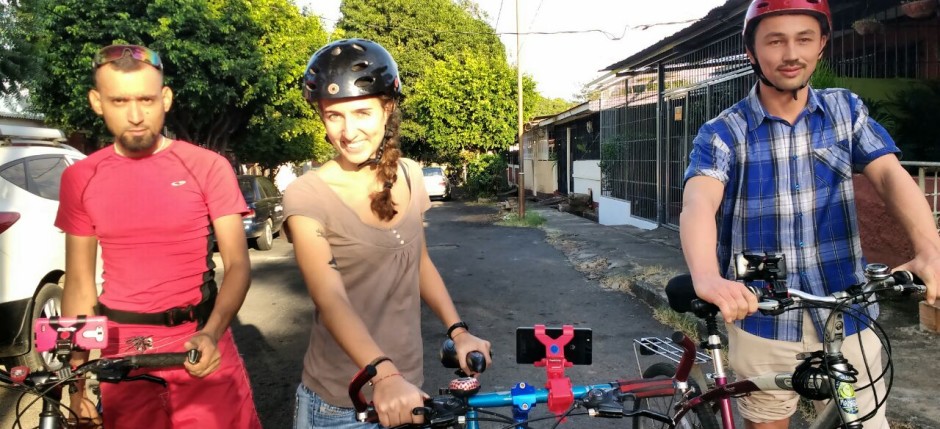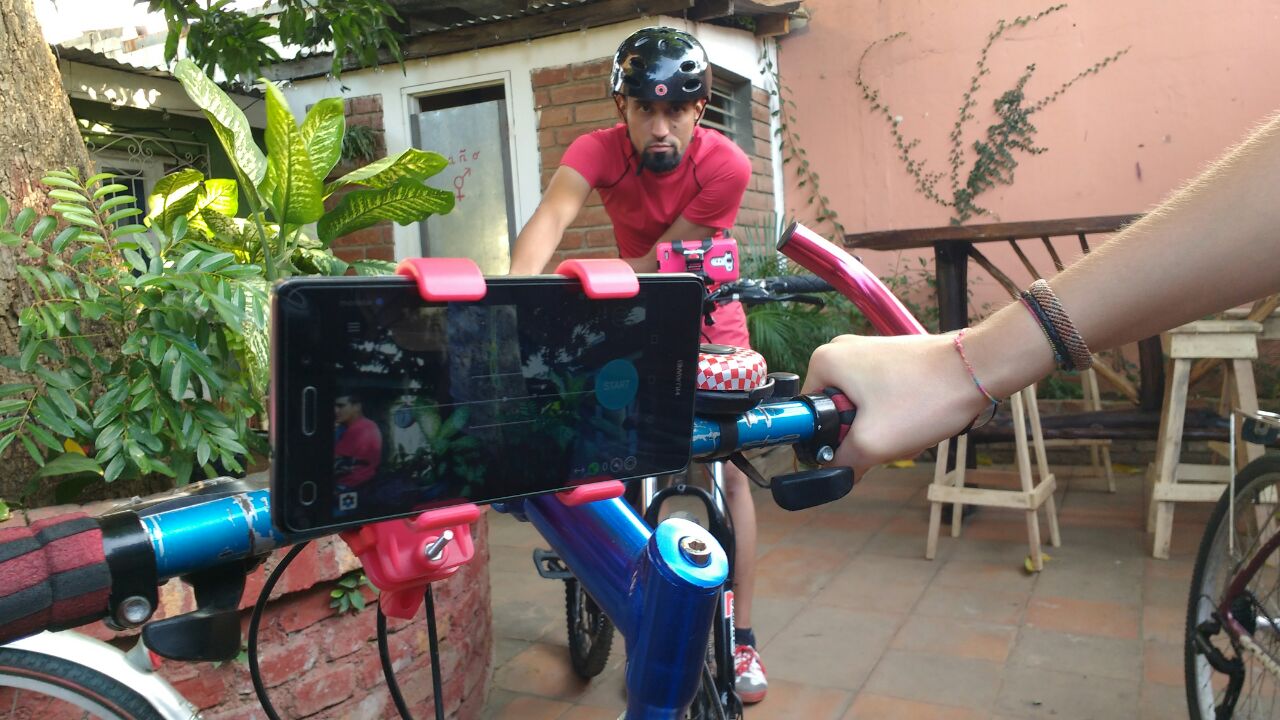Mapanica Workshop: Using Mapillary for Urban Cycling
This post is a translation of Selene Yang's original post in Spanish. Selene is a social communications major from Nicaragua doing research in communication, urban mobility, public spaces and policies. She recently joined OpenStreetMap and her work is focused on community building from a gender perspective and inclusion of women in OpenStreetMap.
In February, Mapanica—the OpenStreetMap community in Nicaragua—organized a workshop at the Co-Labora co-working space. The focus was on tools that could be used by urban cyclists in Managua to empower them to map their surroundings and contribute to make the best map in the world.
Among other activities at the workshop, we discussed the importance of photo mapping for updating OpenStreetMap with better precision, adding information such as places of interest, the quality of the streets, and many other things that are important to outline on a map.
Many of the people that participated in the workshop were cyclists but not necessarily mappers. So the workshop introduced the basic tools for mapping, the different perspectives to identify public spaces, and how the different spaces and access to public roads give way to everyday mobility in a city, shaping the way citizens move and interact in their daily routines.
 Joyful urban cyclists at the Mapanica workshop
Joyful urban cyclists at the Mapanica workshop
The workshop was also an opportunity to showcase different projects like Repubikla from Mexico—a tool that helps visualize space through cartography, built in an open and collaborative way. For instance, you can pinpoint incidents such a robbery and run-overs, or the best routes for cyclists. Also, the community has recently started to use the hashtag #CrucesNegros (Black Crossings) to recognize dangerous crossroads for cyclists (and pedestrians). The Repubikla initiative has gotten support from Mapillary to help them gather 360° street-level geo-located photography.
 All set for capturing some street-level photos
All set for capturing some street-level photos
After we had gone through the different tools, we also gave the group some tips about what to do and not to do while photo mapping. We divided the group of participants; some stayed to learn how to use the Field Papers methodology and the rest of the group went out to the streets of Managua to get their first experience using Mapillary.
Here are some of the traces the group captured while photo mapping the streets of Managua. The route was spontaneous around the Colonia Centroamérica where the workshop took place.
Even though the photo mapping activity was not the whole focus of the workshop, the participants found the Mapillary application to be a good way to map and help OpenStreetMap and to create an excuse to go outside.
I would like to say thanks to all the participants at the event and Mapillary for the bike mounts which enable bikers to better map the streets of Managua.
If you want to hold your own Mapillary cycling event, check out our events resources and contact us for support. We'll be happy to help!
